Ricardo
Agentic AI - From Theory to Practice: Developing Multi-Agent AI Systems on Azure
#1about 3 minutes
Understanding the core components of an AI agent
AI agents evolve beyond simple chatbots by using large language models, instructions, and tools to integrate directly into business processes.
#2about 2 minutes
Solving developer challenges with Azure AI Foundry
Azure AI Foundry provides a comprehensive platform to address common developer challenges like model selection, security, and observability when building AI agents.
#3about 1 minute
Exploring the Azure AI Foundry Agent Service
The Agent Service offers enterprise-grade features including orchestration, SDK integrations, knowledge tools, and built-in content safety for robust agent development.
#4about 2 minutes
The development lifecycle from ideation to production
The AI application lifecycle consists of ideation, implementation, and operations, starting with low-cost experimentation in GitHub Models before moving to Azure Foundry.
#5about 4 minutes
Experimenting with prompts and models in GitHub
Use GitHub Models to rapidly prototype by comparing different prompts and models against test datasets and using evaluators to generate performance KPIs.
#6about 3 minutes
Integrating evaluation and monitoring into your workflow
Implement a robust evaluation strategy by incorporating KPI checks into CI/CD pipelines and using continuous monitoring with end-to-end tracing in production.
#7about 7 minutes
Building a multi-agent contract analysis application
A practical example demonstrates a multi-agent system that analyzes contracts, checks compliance, and uses automated evaluations for continuous quality assurance.
#8about 2 minutes
Choosing the right multi-agent interaction pattern
Design effective multi-agent systems by selecting the appropriate interaction pattern, such as sequential, concurrent, or group chat, based on your process and outcome goals.
#9about 2 minutes
Implementing agent workflows with Semantic Kernel
Use the Semantic Kernel agent and process frameworks to implement complex multi-agent workflows and deploy them scalably across various environments.
Related jobs
Jobs that call for the skills explored in this talk.
Matching moments
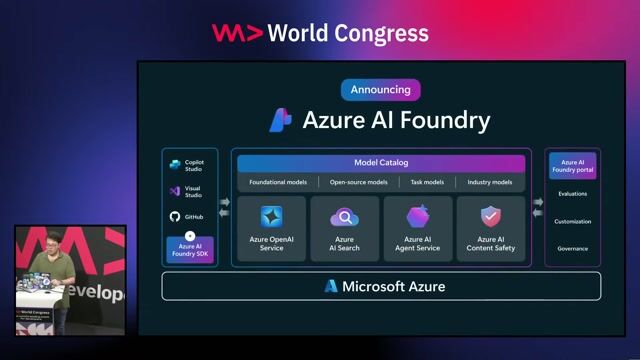
05:49 MIN
Getting started with the Azure AI Foundry platform
How Mixed Reality, Azure AI and Drones turned me into a Magician?

22:41 MIN
Introducing the Azure AI platform for end-to-end LLMOps
From Traction to Production: Maturing your LLMOps step by step

15:55 MIN
Shifting focus from standalone models to complete AI systems
Navigating the AI Revolution in Software Development

28:16 MIN
The conceptual shift in modern AI development
On a Secret Mission: Developing AI Agents
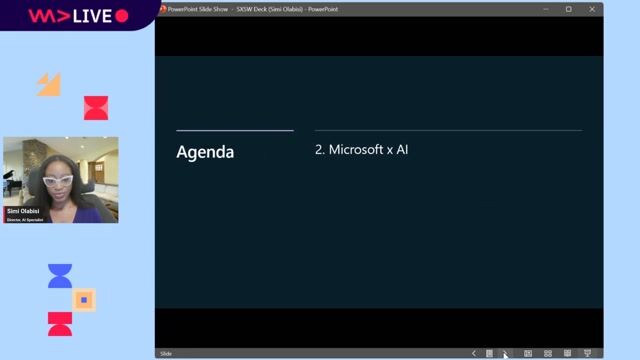
14:40 MIN
Exploring Microsoft's Azure AI services and tools
Inside the AI Revolution: How Microsoft is Empowering the World to Achieve More
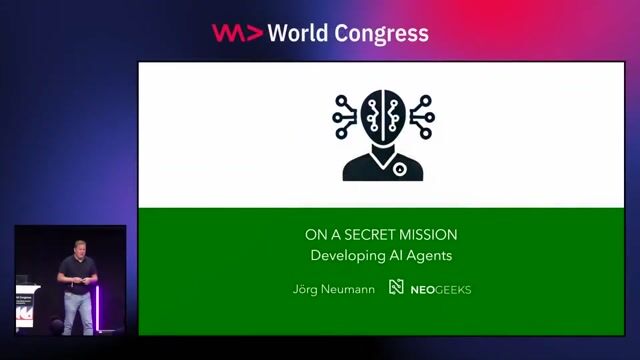
00:06 MIN
The evolution from chatbots to autonomous AI agents
On a Secret Mission: Developing AI Agents
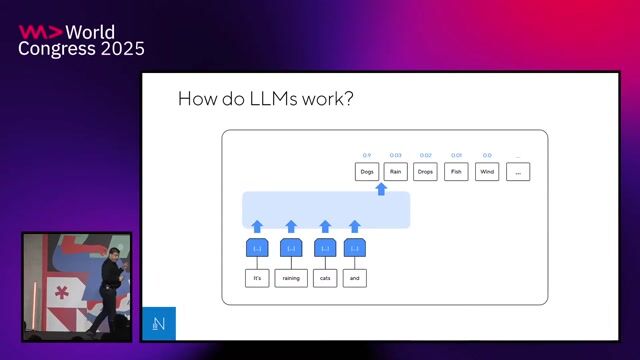
02:48 MIN
Tracing the evolution from LLMs to agentic AI
Exploring LLMs across clouds
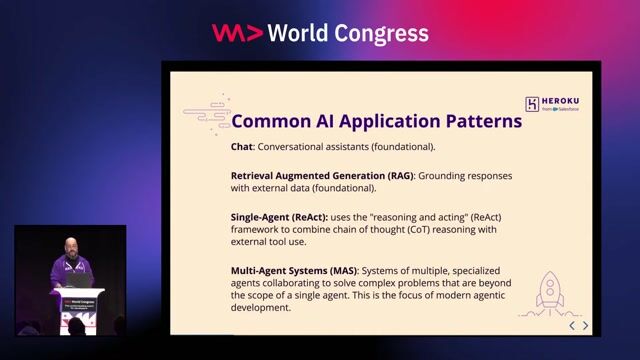
04:35 MIN
Exploring common AI application patterns
Building AI Applications with LangChain and Node.js
Featured Partners
Related Videos
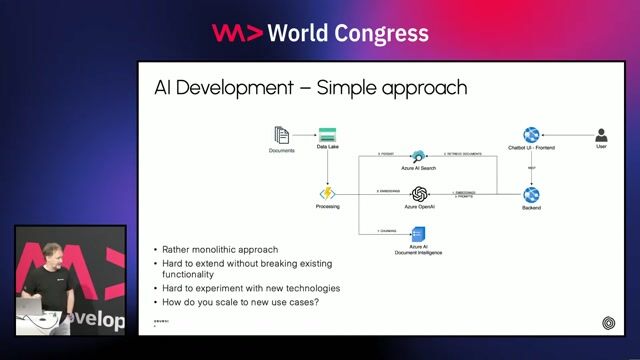 23:33
23:33Azure AI Foundry for Developers: Open Tools, Scalable Agents, Real Impact
Oliver Will
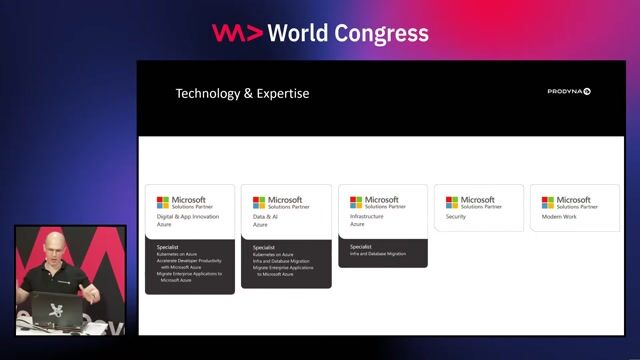 26:54
26:54Infrastructure as Prompts: Creating Azure Infrastructure with AI Agents
Marcel Scherenberg
 24:22
24:22Beyond Chatbots: How to build Agentic AI systems
Philipp Schmid
 28:53
28:53Agentic DevOps: How AI-Powered Automation Transforms Software Delivery on GitHub and Azure
Mike
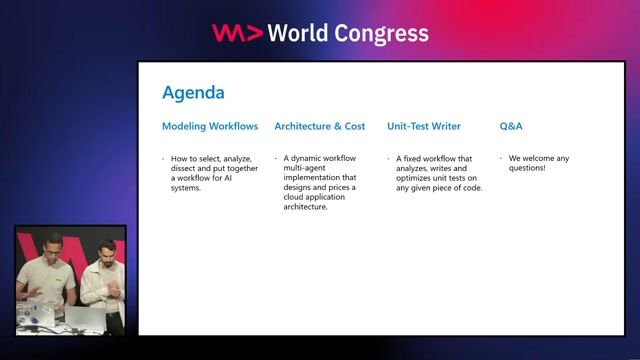 27:07
27:07Rethinking Workflows in the Agentic Era
Eric Jadi & Rene Pajta
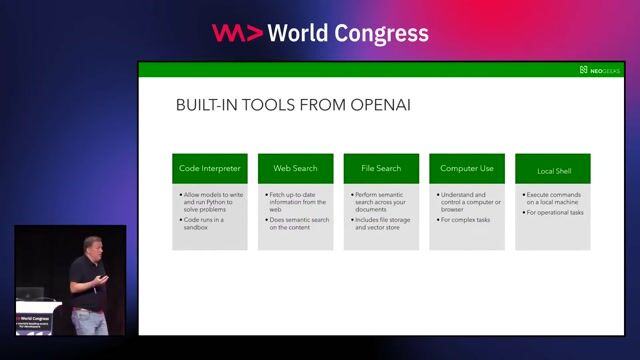 29:03
29:03On a Secret Mission: Developing AI Agents
Jörg Neumann
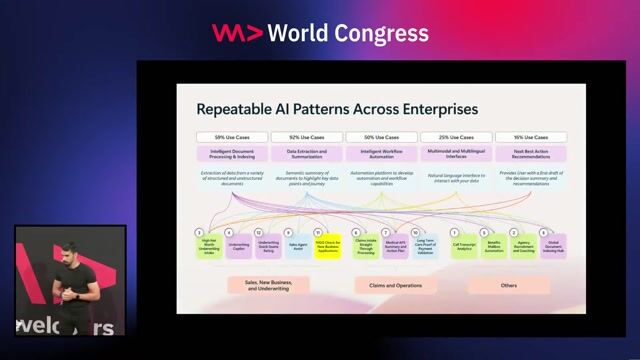 23:39
23:39Building Blocks for Agentic Solutions in your Enterprise
Dennis Zielke & Rene Pajta
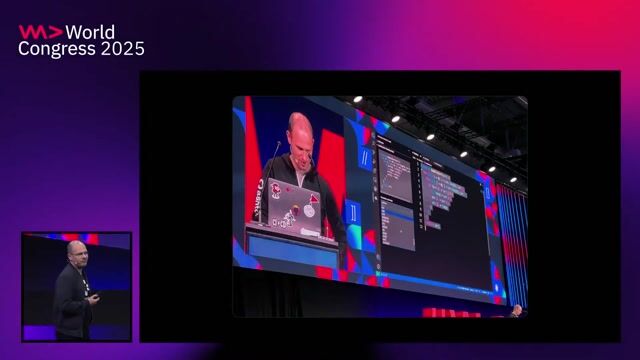 39:11
39:11Agents for the Sake of Happiness
Thomas Dohmke
From learning to earning
Jobs that call for the skills explored in this talk.



Cloud & AI Solution Engineer - Azure Platform
Microsoft
Azure
Linux
VMware
PostgreSQL
Red Hat Enterprise Linux - RHEL

Artificial Intelligence (AI), Agents & Copilot Architect
Techem Messtechnik GmbH
Remote
€52K
API
Azure
Redis
+5




